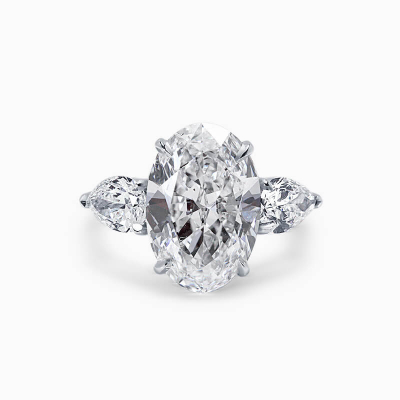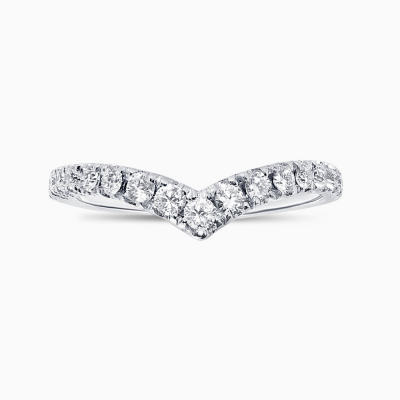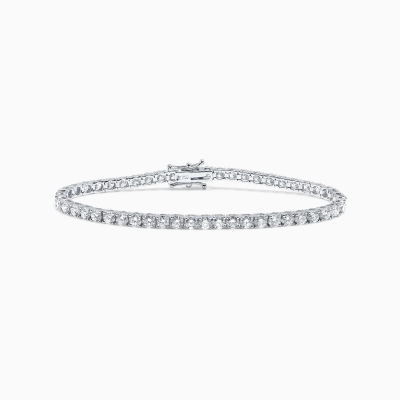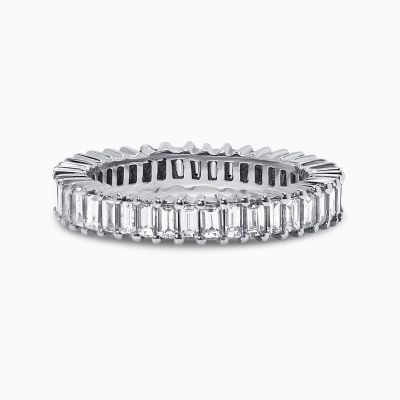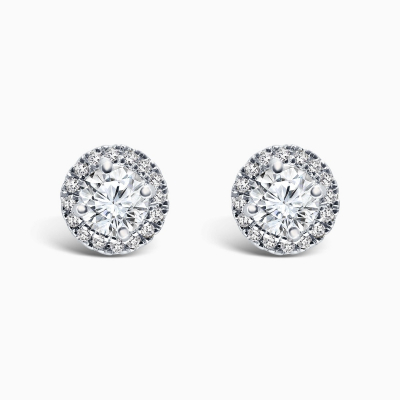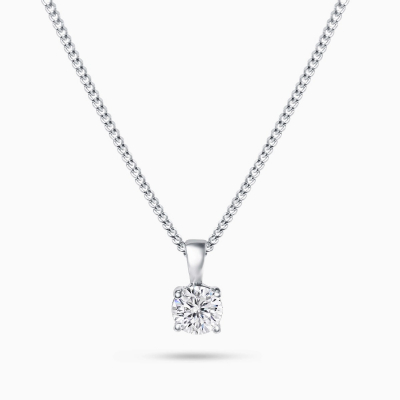USD
/
USD
/
Shipping to:
Currency:
CUT GRADING
Cut grading is fairly simple under the GIA certification system, which is widely used. Two factors that heavily influence the grading are the table percentage and the depth percentage. The latter is calculated by dividing the longest table measurement by the average girdle diameter.
The depth percentage is calculated by dividing the depth by the average girdle diameter. These calculations should be done in millimeters.

This classification ranks diamond cut from Excellent to Very Good, Good, to Fair or Poor. The name of each grade makes it fairly easy for you to understand the level of quality you are buying into. Fair or Poor cuts should be avoided, as this means the diamond has been cut too deep or too shallow, and thus the light will escape. On the other hand, with both Ideal and Very Good cuts, the light reflects beautifully.
The difference between the two can be very difficult to tell to the untrained eye. Many people tend to go for a Good cut, as this provides a good balance between quality and affordability. While some of the light does escape the diamond, a lot of it reflects for a stunning sparkle.
Beyond table and depth percentages, factors like symmetry and polish contribute to a diamond's overall cut grade. Symmetry assesses the alignment and balance of facets, while polish evaluates the smoothness of the diamond's surface. These additional elements further refine the assessment and influence the overall visual appeal of the diamond.





